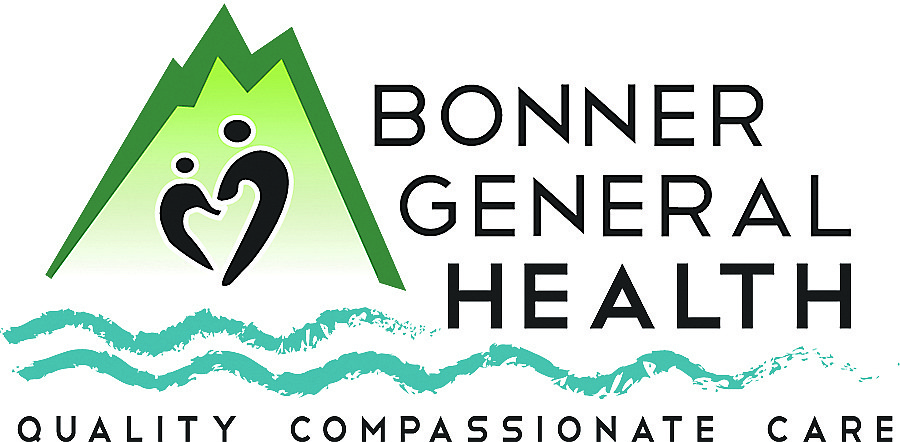Risk of epilepsy good reason for wearing head protection
For a short time in my younger days, I dated a guy called Charlie. On our first date he picked me up on his motorcycle. To be honest, I was terrified. But he brought me a helmet to wear and promised to be careful. He, on the other hand, said that he didn’t need a helmet because he was an experienced rider and liked being able to hear the traffic noise.
We didn’t continue to date, but he continued to ride his bike without head protection. You know what happened next? Yup, he got into an accident and hit his head on the asphalt. He didn’t think he was injured. He had a bruise and bump on his skull and an outrageous headache, but it didn’t seem to be serious. That is until he had a seizure. Charlie’s traumatic brain injury (TBI) turned into post-traumatic epilepsy (PTE).
According to the Brain Injury Association of America, about one in fifty people who have TBI will develop PTE. “There is a spectrum of severity of PTE that ranges from well-controlled seizures to disabling seizures that are resistant to treatment."
The Epilepsy Foundation says that 50% of early seizures occur during the first 24 hours following TBI, and 25% of early seizures occur during the first hour following TBI. The more serious the injury, the higher the risk of early seizures. However, even mild head injuries that show no evidence on diagnostic imaging can cause seizures.
“Younger children are at highest risk of early post traumatic seizures and status epilepticus,” the Epilepsy Foundation says. Epilepticus is when a seizure lasts longer than five minutes or when multiple seizures occur in a short period of time without the person regaining consciousness in between.
BIAA explains that eight out of ten people with PTE suffer from seizures that start in one area of the brain (focal) but spread to involve the entire brain (generalized). “Sometimes the beginning of these seizures (focal onset) can be determined and relates to the area of the brain injured, other times it is harder to determine where a seizure begins. A person may have focal aware or focal impaired awareness seizures, but these are less frequent.”
So, what’s a focal seizure? Mayo Clinic describes two types. One doesn’t cause loss of awareness or consciousness. “They may alter emotions or change the way things look, smell, feel, taste or sound. Some people experience déjà vu. This type of seizure also may result in involuntary jerking of a body part, such as an arm or a leg. And focal seizures may cause sensory symptoms such as tingling, dizziness and flashing lights.”
When the seizure involves a change or loss of consciousness, people may stare into space and not respond in typical ways to the environment. They also may perform repetitive movements, such as hand rubbing, chewing, swallowing or walking in circles.
“Symptoms of focal seizure may be confused with other neurological conditions, such as migraine, narcolepsy or mental illness. A thorough exam and testing are needed to tell if symptoms are the result of epilepsy or another condition,” Mayo says.
The Epilepsy Foundation’s website asks, “Are there some areas of the brain that are at higher risk for injury?” The answer, “The brain does have some areas which when injured are more likely to result in recurrent seizures. This is partly due to their susceptibility for injury (areas that lie close to bony prominences of the skull) and an individual brain area’s propensity for seizures. Areas of the brain which are frequently involved include the temporal lobe, and the frontal and occipital lobes.”
It's important to seek medical attention quickly. Antiseizure medications can control and hopefully lower the progression of symptoms. The length of treatment is determined by the extent of the injury and the likelihood of recurrent seizures.
Because of his injury, Charlie is no longer able to drive a car, much less ride his motorcycle. He’s also unable to do many of the activities that he used to enjoy. He does spend time speaking on the importance of wearing proper head protection. With ski season upon us, please remind everyone you know to wear proper fitting helmets.
Kathy Hubbard is a member of Bonner General Health Foundation Advisory Council. She can be reached at kathyleehubbard@yahoo.com.

